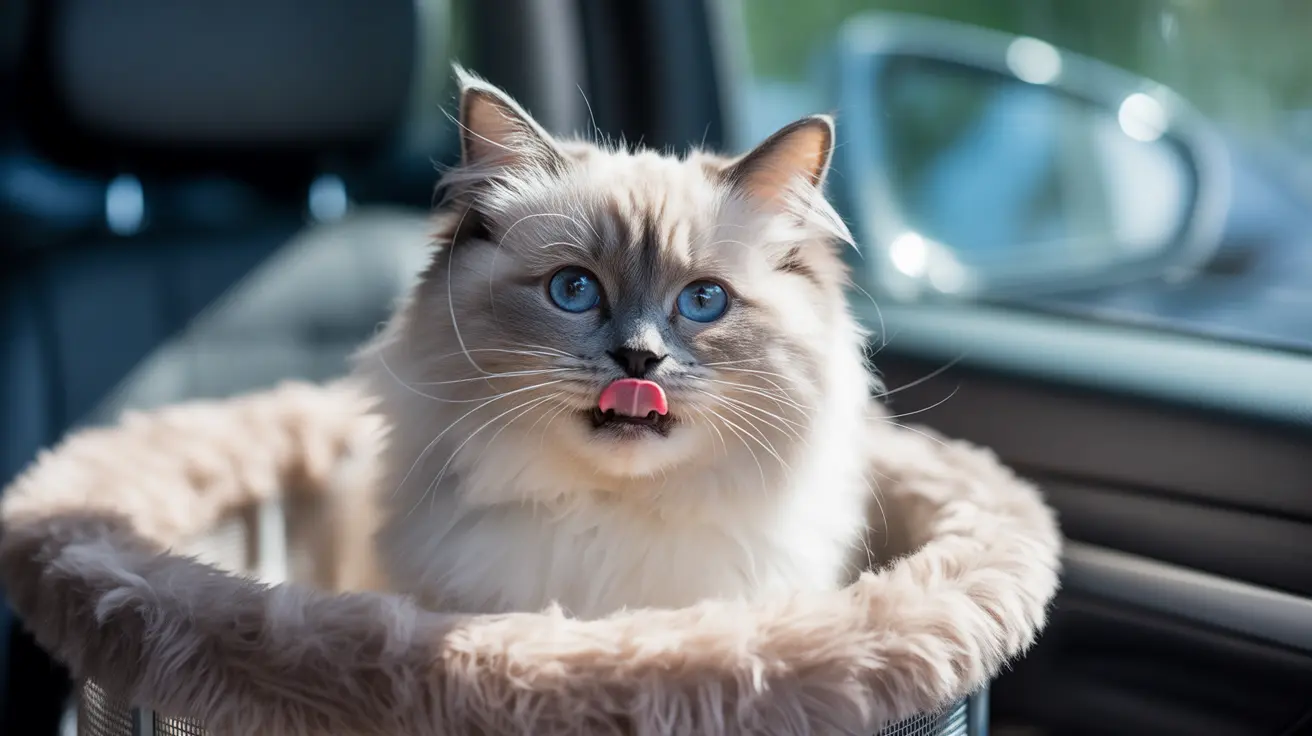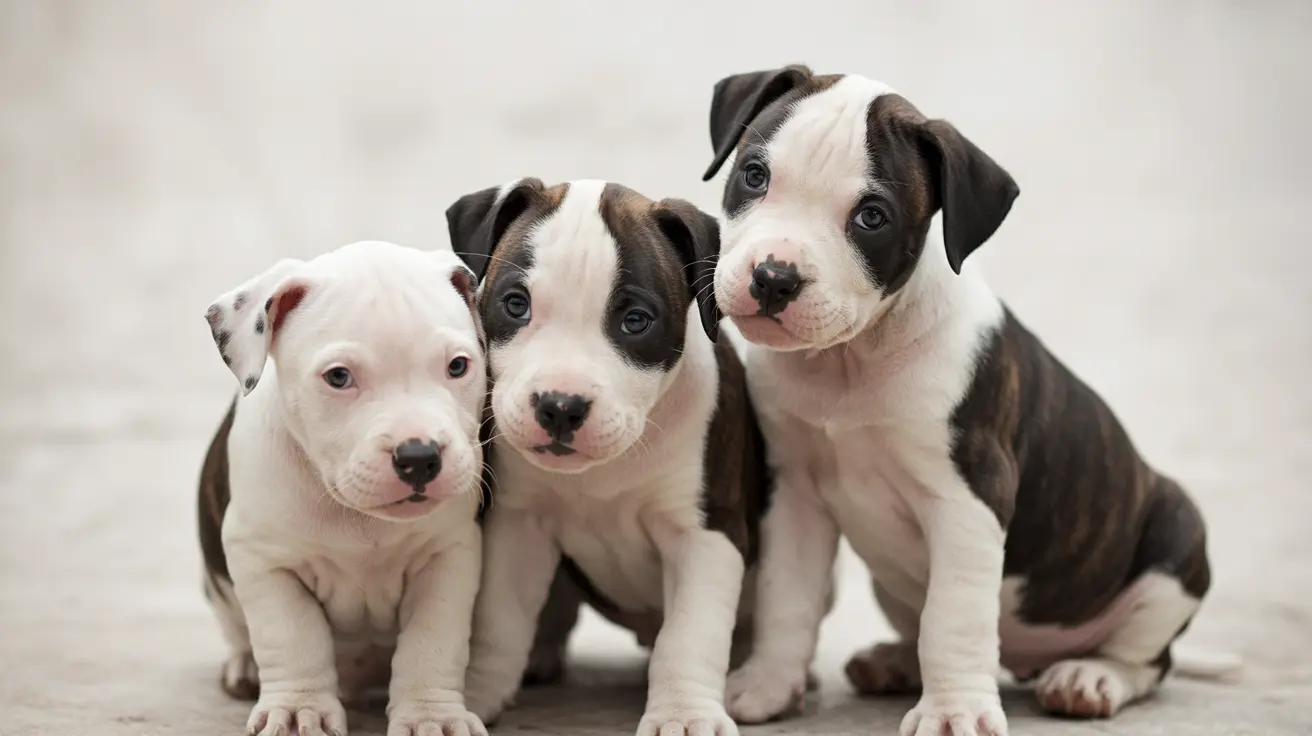Understanding Norovirus Duration and Impact in Dogs
Though norovirus is primarily known as a human virus, evidence suggests that dogs can occasionally contract human norovirus strains, especially through close contact with infected individuals. While instances of infection in dogs are rare, they offer an important lens into zoonotic and cross-species disease transmission. Understanding how long norovirus lasts in dogs is crucial to informing owners on care, treatment, and prevention measures.
What Is Norovirus?
Norovirus is a highly contagious virus that causes acute gastroenteritis, characterized by symptoms such as vomiting, diarrhea, abdominal discomfort, and fever. In humans, symptoms typically self-resolve within a few days. The virus is notably resistant in the environment, surviving on surfaces, in water, and on hands or fur for extended periods.
Can Dogs Catch Norovirus?
Dogs primarily have their own strains of norovirus, but recent studies indicate that human norovirus can occasionally infect dogs. Dogs exposed to infected people may become temporary carriers or develop mild symptoms. For instance, studies from Finland and the UK found norovirus RNA and antibodies in dogs that had been in close contact with symptomatic humans.
Symptoms of Norovirus in Dogs
- Vomiting
- Watery diarrhea
- Loss of appetite
- Lethargy
- Signs of dehydration
- Abdominal discomfort
The symptoms are generally mild and self-limiting, resembling those of other canine gastrointestinal illnesses. However, it is essential to consult with a veterinarian to rule out other causes like canine parvovirus or distemper.
Duration of Norovirus in Dogs
In most cases, clinical signs last anywhere from a few days up to one week. Dogs usually recover fully with supportive care. Puppies, elderly dogs, or those with preexisting health issues may experience a longer course or require more intensive treatment.
Diagnosis and Testing
Since norovirus is not commonly diagnosed in dogs, veterinarians rely on a process of exclusion diagnosis. PCR testing may detect norovirus RNA in fecal samples, especially if the dog was in a household experiencing recent human infections. However, such testing is not routine and is generally reserved for research or special cases.
Treatment and Recovery
The treatment of norovirus in dogs focuses on supportive care:
- Ensuring hydration with oral or IV fluids
- Feeding a bland diet like boiled chicken and rice
- Monitoring for worsening symptoms
- Using antiemetic or antidiarrheal medications only under veterinary guidance
Most dogs begin improving within 48–72 hours and recover fully within a week. Veterinary intervention may be necessary for dogs that show signs of dehydration or do not improve with home care.
Preventing Infection and Transmission
Though dog-to-human transmission of norovirus is extremely rare, the virus's ability to survive in the environment underscores the need for hygiene:
- Wash hands after cleaning up after pets
- Disinfect areas contaminated by vomiting or feces
- Avoid allowing dogs to sniff or lick potentially contaminated areas
- Isolate symptomatic pets from humans and other animals until symptoms resolve
Conclusion
While norovirus infections in dogs remain rare and usually mild, they can last for a few days to a week. Awareness and good hygiene are the best defenses against cross-species infections. Pet owners should be particularly vigilant during household outbreaks of gastrointestinal illness and consult a veterinarian at the first signs of symptoms in their dogs.





